Home>Furniture>Outdoor Furniture>When To Seal Stamped Concrete Patio
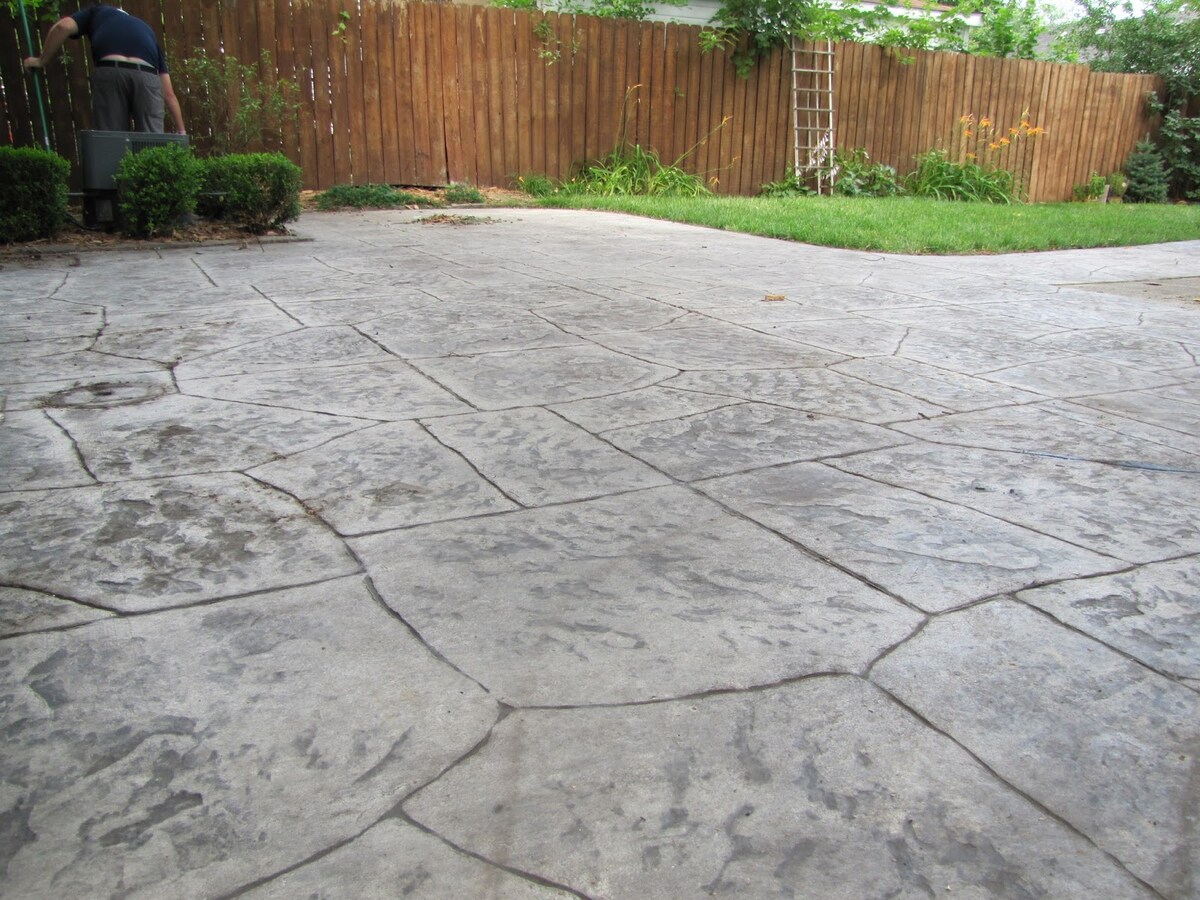

Outdoor Furniture
When To Seal Stamped Concrete Patio
Modified: August 25, 2024
Find out when is the best time to seal your stamped concrete patio to protect it from the elements and keep your outdoor furniture looking brand new.
(Many of the links in this article redirect to a specific reviewed product. Your purchase of these products through affiliate links helps to generate commission for Storables.com, at no extra cost. Learn more)
Introduction
Welcome to the world of outdoor living! A stamped concrete patio is a beautiful addition to any backyard or outdoor space, providing a durable and aesthetically pleasing surface for relaxation and entertainment. However, to ensure its longevity and maintain its striking appearance, it’s important to properly seal your stamped concrete patio.
Sealing your patio not only enhances its natural colors and patterns, but it also protects the concrete from weather damage, stains, and wear and tear, allowing you to enjoy your outdoor oasis for years to come. But when should you seal your stamped concrete patio? What factors should you consider? And how do you go about the sealing process? In this article, we will provide you with all the answers you need.
Before jumping into the details of sealing, it’s essential to consider a few factors. The age of your patio, the climate in your area, and the level of foot traffic are all important factors to keep in mind when deciding whether to seal your stamped concrete patio.
Depending on the level of exposure to sun, rain, snow, and other environmental elements, a stamped concrete patio typically needs to be sealed every 2-3 years. However, in extreme climates or high-traffic areas, more frequent sealing might be necessary.
Now that we’ve established the importance of sealing and the factors to consider, let’s take a look at some telltale signs that your stamped concrete patio is due for a fresh seal.
Key Takeaways:
- Sealing your stamped concrete patio every 2-3 years can preserve its vibrant colors, protect it from stains, and extend its lifespan, ensuring a beautiful outdoor space for relaxation and entertainment.
- Regular maintenance, including cleaning, prompt stain removal, and reapplying sealer as needed, is crucial for preserving the beauty and durability of your sealed stamped concrete patio.
Read more: How Much For A Stamped Concrete Patio
Factors to Consider Before Sealing
Before diving into the process of sealing your stamped concrete patio, there are a few important factors you should consider. These factors will help you determine the optimal time to seal your patio and make informed decisions throughout the sealing process.
1. Age of the Concrete: The age of your stamped concrete patio plays a significant role in determining when to seal it. New concrete needs time to cure properly before sealing, typically around 30 days. This allows the concrete to fully harden and ensures optimal adhesion of the sealer.
2. Climate: The climate in your area greatly affects the durability and longevity of your stamped concrete patio. If you live in an area with extreme temperatures, frequent freeze-thaw cycles, or high levels of humidity, it’s essential to seal your patio more often. Sealing helps protect the concrete from damage caused by weather elements and prevents moisture penetration that can lead to cracks and discoloration.
3. Foot Traffic: Consider the level of foot traffic your stamped concrete patio experiences. High-traffic areas, such as patios used for entertaining or those with heavy furniture and frequent use, may require more frequent sealing to protect the surface from wear and tear. Similarly, if you have pets or children who regularly use the patio, it’s important to consider sealing more often to maintain its appearance.
4. Condition of the Concrete: Assess the overall condition of your stamped concrete patio. Inspect for any signs of damage, such as cracks, stains, or discoloration. If you notice significant wear or damage, it may be necessary to address those issues before sealing. Repairing any cracks or stains and restoring the concrete’s surface will ensure a smooth and even application of the sealer.
5. Previous Sealant: If your stamped concrete patio has been previously sealed, consider the condition of the existing sealant. Over time, sealants can wear off or become damaged, compromising the protection they provide. If you notice the sealant is no longer effective or has begun to deteriorate, it’s time to reseal your patio.
Considering these factors will help you determine the right time to seal your stamped concrete patio and ensure that you achieve the best results. Now, let’s explore some common signs indicating that your patio is ready for a fresh seal.
Signs that Your Stamped Concrete Patio Needs Sealing
Regularly inspecting your stamped concrete patio is crucial to determine when it needs to be sealed. While a general rule of thumb is to seal every 2-3 years, certain signs indicate that your patio may need sealing sooner. By recognizing these signs, you can take proactive measures to protect and maintain the appearance of your outdoor space.
1. Fading Colors: If you notice that the colors of your stamped concrete patio have started to fade or look dull, it’s a clear indicator that the sealer has worn off. Sealing helps to preserve the vibrant colors and patterns of the concrete by providing a protective layer against UV rays and natural elements.
2. Discoloration and Stains: Stamped concrete is susceptible to stains from various sources, including food and beverage spills, leaves, and dirt. If you find that your patio has developed unsightly stains or discoloration that cannot be easily removed, it may be time to seal the surface. Sealing prevents liquid penetration into the concrete, making it easier to clean and maintain.
3. Water Absorption: Conduct a simple water test to determine if your stamped concrete patio is in need of sealing. Sprinkle water onto the surface and observe how it behaves. If the water is quickly absorbed into the concrete rather than beading up, it indicates that the sealer has worn off, and the concrete is no longer adequately protected.
4. Surface Roughness: Over time, stamped concrete can become rough to the touch due to wear and exposure to the elements. If you notice that the surface of your patio feels rough or has lost its smooth texture, it’s an indication that the sealer has worn away. Sealing will help restore the smoothness and enhance the tactile experience of your outdoor space.
5. Increased Porosity: Stamped concrete that needs sealing will appear more porous and absorbent. You may observe water pooling on the surface instead of beading up, indicating that the sealer is no longer providing a barrier against moisture. Sealing will reduce the porosity of the concrete, making it resistant to water absorption and preventing potential damage.
By staying vigilant and looking out for these signs, you can stay proactive in protecting your stamped concrete patio. Sealing at the right time will not only restore its beauty but also extend its lifespan and enhance its overall durability. Next, let’s delve into the best time of year to seal your stamped concrete patio.
Best Time of Year to Seal Stamped Concrete
Choosing the right time of year to seal your stamped concrete patio is essential for optimal results. The weather and temperature conditions play a significant role in the success of the sealing process and the longevity of the sealer. Here are some guidelines to help you determine the best time to tackle this task.
Avoid Extreme Temperatures: It’s important to avoid sealing your stamped concrete patio during periods of extreme heat or cold. High temperatures can cause the sealer to dry too quickly, leading to improper curing and potential issues with the final finish. On the other hand, sealing in extremely cold temperatures can result in poor adhesion, preventing the sealer from properly bonding to the concrete surface.
Choose Moderate Weather Conditions: The ideal time to seal your stamped concrete patio is during mild weather conditions, typically in spring or fall. Aim for temperatures between 50°F and 80°F (10°C and 27°C) with low humidity levels. These conditions allow for proper curing and an even application of the sealer.
Avoid Rainy Season: It’s crucial to ensure that there is no rain in the forecast for at least 24-48 hours after sealing. Moisture can prevent the sealer from properly penetrating and bonding to the surface, leading to potential issues such as peeling or discoloration. Be sure to check the weather forecast before starting the sealing process.
Consider Sun Exposure: Taking into account the sun exposure your stamped concrete patio receives is also important. Sealing during overcast days or in the early morning or late afternoon can minimize the risk of the sealer drying too quickly and leaving streaks or uneven application.
Follow Manufacturer’s Recommendations: Lastly, it’s crucial to follow the specific instructions provided by the sealer manufacturer. Different sealers may have varying temperature and weather requirements for optimal application. Always refer to the product’s label or instructions for the most accurate guidelines.
By selecting the right time of year and paying attention to weather conditions, you can ensure a successful sealing process for your stamped concrete patio. Now that you know the best time to seal, let’s move on to preparing your patio for sealing.
Preparing Your Stamped Concrete Patio for Sealing
Before sealing your stamped concrete patio, proper preparation is key to ensure a smooth and long-lasting application. Taking the time to prepare the surface will help the sealer adhere better, resulting in a more effective and visually appealing finish. Here are the steps to prepare your patio for sealing:
1. Clean the Surface: Thoroughly clean your stamped concrete patio to remove any dirt, debris, or stains. Start by sweeping the surface to remove loose dirt and leaves, then use a mild detergent or concrete cleaner and a scrub brush to remove any stubborn stains or residue. Rinse the patio with a hose or pressure washer to ensure it’s completely clean. Allow the surface to dry completely before proceeding.
2. Repair Cracks and Damage: Inspect your stamped concrete patio for any cracks or minor damages. Fill any cracks or gaps with a concrete patching compound or caulk according to the manufacturer’s instructions. Smooth out the patched areas and allow them to dry completely before moving forward. This step ensures a smooth and even surface for the sealer.
3. Remove Oil and Grease Stains: If you have oil or grease stains on your stamped concrete patio, it’s crucial to remove them before sealing. Use a degreaser or a poultice specially designed for removing oil stains. Apply the product to the stained area, following the instructions provided, and use a scrub brush to gently work it into the concrete. Rinse thoroughly and allow the area to dry before proceeding.
4. Consider Etching (if necessary): If your stamped concrete patio has a glossy or smooth finish, it may be necessary to etch the surface to allow for better adhesion of the sealer. Etching creates a slightly roughened texture, ensuring that the sealer bonds properly to the concrete. Use a concrete etching product and follow the instructions provided. Rinse the area thoroughly and allow it to dry before moving on.
5. Test the Surface: Before applying the sealer to the entire patio, it’s a good idea to perform a small test patch in an inconspicuous area. This test patch will help you determine if the surface is adequately prepared and if the sealer will adhere properly. After applying the sealer to the test patch, allow it to dry and observe the results.
By following these steps, you will ensure that your stamped concrete patio is properly prepared for sealing. Proper cleaning, repairing any damage, and addressing stains will help the sealer bond effectively and provide the best protection for your patio. Next, we will guide you through selecting the right sealer for your stamped concrete.
Seal your stamped concrete patio when it is completely dry and free of any moisture, usually 28 days after installation. This will ensure the best adhesion and protection for the surface.
Read more: How To Stamp And Stain A Concrete Patio
Choosing the Right Sealer for Your Stamped Concrete Patio
Choosing the right sealer is crucial to protect and enhance the appearance of your stamped concrete patio. The type of sealer you select will depend on various factors, including your desired level of gloss, the level of protection required, and the specific characteristics of your patio. Here are some key considerations to help you choose the right sealer:
1. Type of Sealer: There are primarily two types of sealers for stamped concrete: film-forming sealers and penetrating sealers. Film-forming sealers create a protective barrier on the surface of the concrete, providing enhanced gloss and protection against stains and UV damage. Penetrating sealers, on the other hand, penetrate the concrete and provide protection from within without altering the appearance significantly. Consider your preferences and the level of sheen you desire when choosing between these options.
2. Gloss Level: Sealer finishes come in different gloss levels, ranging from high gloss to satin or matte. Consider the aesthetic look you want to achieve for your stamped concrete patio. If you prefer a glossy finish that brings out the colors and patterns, opt for a high gloss sealer. If you prefer a more subtle and natural look, choose a sealer with a satin or matte finish.
3. UV Protection: If your stamped concrete patio is exposed to direct sunlight, it’s essential to choose a sealer with UV inhibitors. UV protection will prevent the colors from fading or the surface from deteriorating due to sun exposure, ensuring that your patio maintains its vibrant appearance over time.
4. Durability: Consider the level of durability required for your specific patio. If you have a high-traffic area or anticipate heavy use, choose a sealer with excellent wear and abrasion resistance. Look for sealers specifically formulated for outdoor use and that can withstand foot traffic, furniture, and other elements that may cause wear and tear.
5. Breathability: Depending on the climate and moisture levels in your area, it may be important to choose a sealer that allows the concrete to breathe. Breathable sealers allow for proper moisture vapor transmission, preventing trapped moisture that can lead to cracks or other issues. This is particularly important in regions with high humidity or freeze-thaw cycles.
6. Ease of Application: Consider the ease of application when selecting a sealer. Some sealers are ready-to-use and can be applied with a brush or roller, while others may require mixing or specialized application methods. Choose a sealer that aligns with your level of experience and the tools available to you.
Consulting with a professional or seeking advice from a reputable supplier can also help guide your decision-making process when choosing the right sealer for your stamped concrete patio. Once you have selected the appropriate sealer, it’s time to dive into the sealing process itself.
How to Seal a Stamped Concrete Patio
Sealing your stamped concrete patio is a straightforward process that can be completed with some careful preparation and attention to detail. Follow these steps to ensure a successful sealing application:
1. Gather the necessary tools and materials: Before you begin, make sure you have all the tools and materials required for the job. This may include a pressure washer, scrub brush or broom, concrete cleaner, sealer, paint roller or sprayer, and protective equipment such as gloves and goggles.
2. Clean and prepare the surface: Start by thoroughly cleaning your stamped concrete patio to remove any dirt, debris, or stains. Use a pressure washer or hose to remove loose dirt, then scrub the surface with a mild detergent or concrete cleaner. Rinse thoroughly and allow the surface to dry completely before proceeding.
3. Patch and repair: Inspect the surface for any cracks or damage. Use a concrete patching compound to fill in any cracks or gaps. Smooth out the patched areas and allow them to dry according to the manufacturer’s instructions.
4. Apply the sealer: Before applying the sealer, it’s essential to read and follow the manufacturer’s instructions. Begin by cutting in the edges of the patio using a brush. Then, using a paint roller or sprayer, apply the sealer in thin, even coats, working your way across the entire surface. Be careful not to apply the sealer too thickly, as this can lead to uneven drying and potential issues.
5. Allow proper drying time: The drying time for the sealer will depend on the product and environmental conditions. Follow the manufacturer’s recommendations for drying time. It’s important to avoid foot traffic or any activity on the surface during this time to prevent the sealer from getting disrupted.
6. Apply additional coats if necessary: Depending on the desired level of protection and the manufacturer’s instructions, you may need to apply multiple coats of sealer. Allow each coat to dry completely before applying the next. This will ensure a more durable and long-lasting seal.
7. Clean up and maintain: Once the sealer has dried, clean up any tools or equipment used during the process. Regular maintenance is essential to preserve the sealer and the overall appearance of your stamped concrete patio. Sweep regularly to remove debris, and clean any stains or spills promptly to prevent them from penetrating the sealer.
By following these steps, you can successfully seal your stamped concrete patio and provide it with the protection it needs to withstand the elements and maintain its beauty for years to come. Proper maintenance and periodic resealing will ensure that you can continue to enjoy your outdoor space for many seasons.
Maintaining a Sealed Stamped Concrete Patio
Maintaining a sealed stamped concrete patio is essential to preserve its appearance and prolong its lifespan. While a properly sealed patio is more resistant to stains and damage from the elements, regular maintenance will help ensure its continued beauty. Here are some tips for maintaining your sealed stamped concrete patio:
1. Regular Cleaning: Keep your patio clean by regularly sweeping away debris and dirt. This helps prevent the buildup of dirt and grime on the surface, which can dull its appearance. Additionally, perform periodic gentle cleanings using a mild detergent and water solution to remove any stains or spills.
2. Avoid Harsh Chemicals: When cleaning your sealed stamped concrete patio, avoid using harsh chemicals or abrasive cleaners. These can strip away the sealer and potentially damage the surface. Stick to gentle, non-acidic cleaners designed for use on sealed concrete surfaces.
3. Promptly Clean and Remove Stains: Accidental spills happen, but it’s important to clean them up promptly to prevent them from staining the concrete. Blot up spills immediately and clean the area with a mild detergent and water. For more stubborn stains, consider using a specialized concrete stain remover, following the manufacturer’s instructions.
4. Protect the Surface: Place mats or rugs near entrances and high-traffic areas to prevent dirt and grit from being tracked onto the patio, which can scratch the sealed surface. Additionally, use furniture pads or coasters to protect the patio from scratches and dents caused by heavy furniture or pots.
5. Regularly Inspect for Damage: Periodically inspect your sealed stamped concrete patio for any signs of damage, including cracks or chips. Address any issues promptly to prevent further damage and to maintain the integrity of the seal. For minor cracks, use a concrete repair compound to fill them, following the manufacturer’s instructions.
6. Reapply Sealer as Needed: Over time, the sealer on your stamped concrete patio will wear down, especially in high-traffic areas. Depending on factors such as climate and use, you may need to reapply sealer every 2-3 years. Follow the manufacturer’s recommendations for reapplication, and thoroughly clean the patio before applying a new coat of sealer.
7. Consider Professional Maintenance: If you’re unsure about proper maintenance or if your sealed stamped concrete patio requires more extensive repairs, consider consulting with a professional. They can assess the condition of your patio, provide advice on maintenance, and handle any necessary repairs or sealing.
By following these maintenance tips, you can keep your sealed stamped concrete patio looking its best for years to come. Regular cleaning, prompt stain removal, and proper care will help protect the surface and maintain its vibrant appearance, allowing you to enjoy your outdoor space to the fullest.
Conclusion
A sealed stamped concrete patio can transform your outdoor space into a beautiful and functional area for relaxation and entertainment. By sealing your patio, you not only enhance its visual appeal but also protect it from the damaging effects of weather, stains, and general wear and tear.
Before sealing, it’s important to consider factors such as the age of your patio, the climate in your area, and the level of foot traffic it experiences. These factors will help you determine the ideal timing for sealing and make informed decisions throughout the process.
Signs that your stamped concrete patio needs sealing include fading colors, discoloration, increased porosity, and roughness. Regularly inspecting your patio will help you identify these signs and take proactive measures to maintain its appearance.
When it comes to sealing, choosing the right time of year is crucial. Avoid extremes in temperature and select moderate weather conditions to ensure optimal adhesion and curing of the sealer.
Proper preparation is key to successful sealing. Clean the patio thoroughly, repair any cracks or damage, and remove stains before applying the sealer. Choosing the right sealer is also important, considering factors such as gloss level, protection against UV rays, durability, and ease of application.
Once your stamped concrete patio is sealed, regular maintenance is essential to preserve its beauty. This includes regular cleaning, prompt stain removal, protecting the surface, and inspecting for damage. Reapplying sealer periodically is also necessary to ensure continued protection.
In conclusion, sealing your stamped concrete patio is a worthwhile investment that enhances its appearance and prolongs its lifespan. By following the proper steps for sealing and maintaining your patio, you can enjoy a beautiful outdoor space for years to come.
Frequently Asked Questions about When To Seal Stamped Concrete Patio
Was this page helpful?
At Storables.com, we guarantee accurate and reliable information. Our content, validated by Expert Board Contributors, is crafted following stringent Editorial Policies. We're committed to providing you with well-researched, expert-backed insights for all your informational needs.
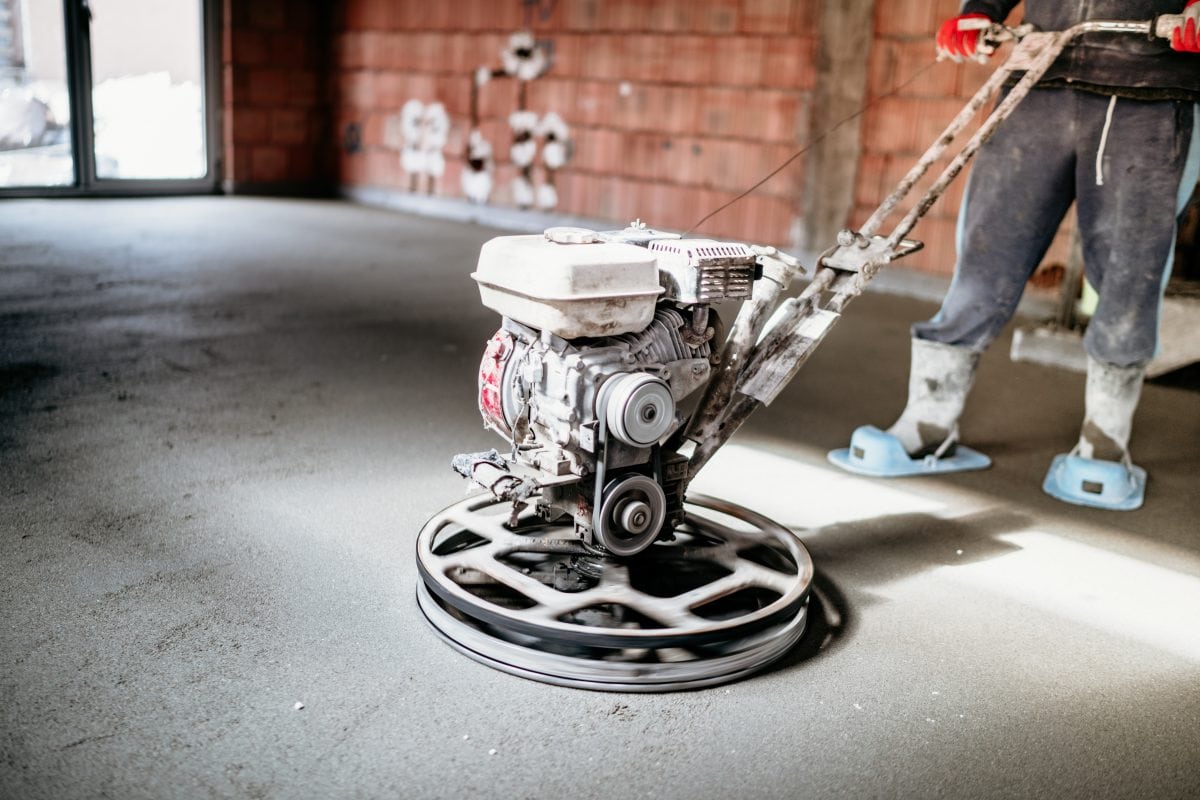
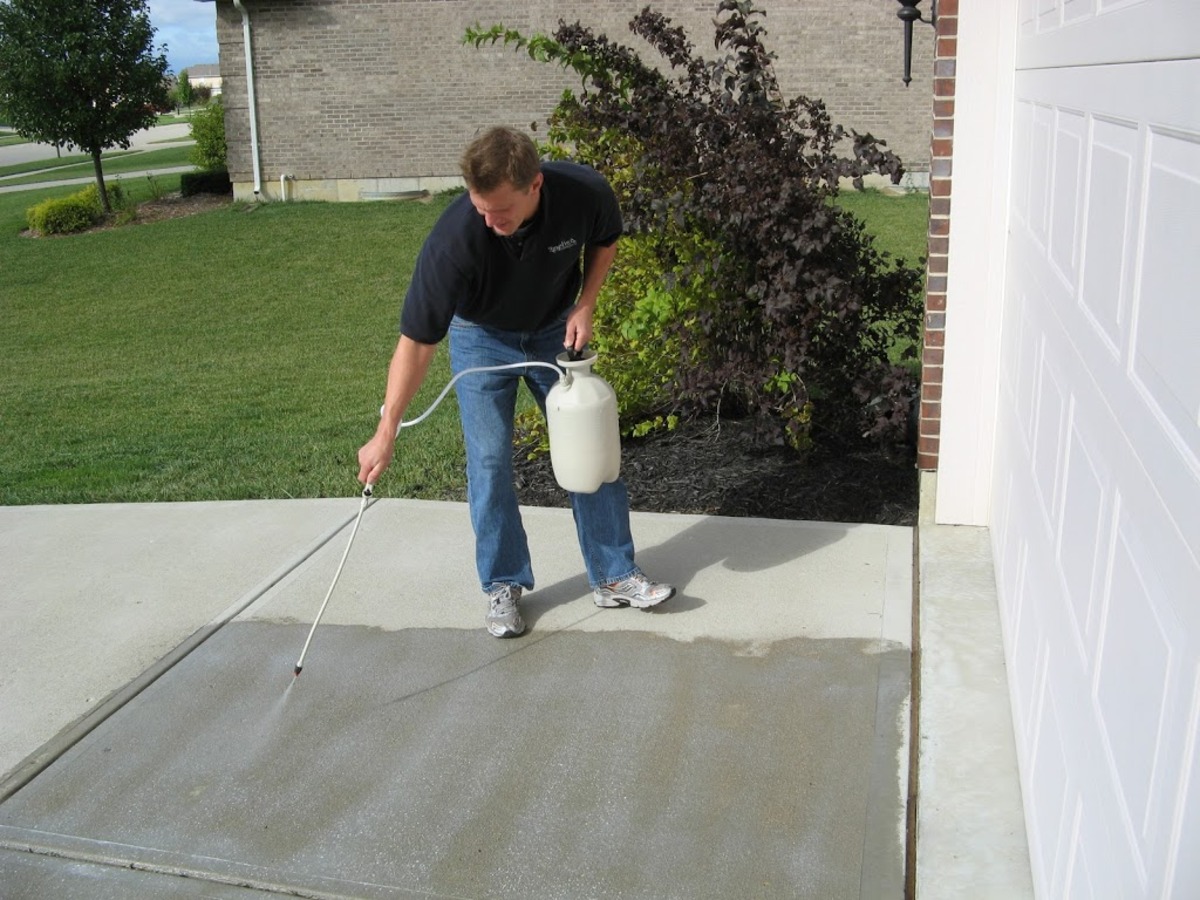
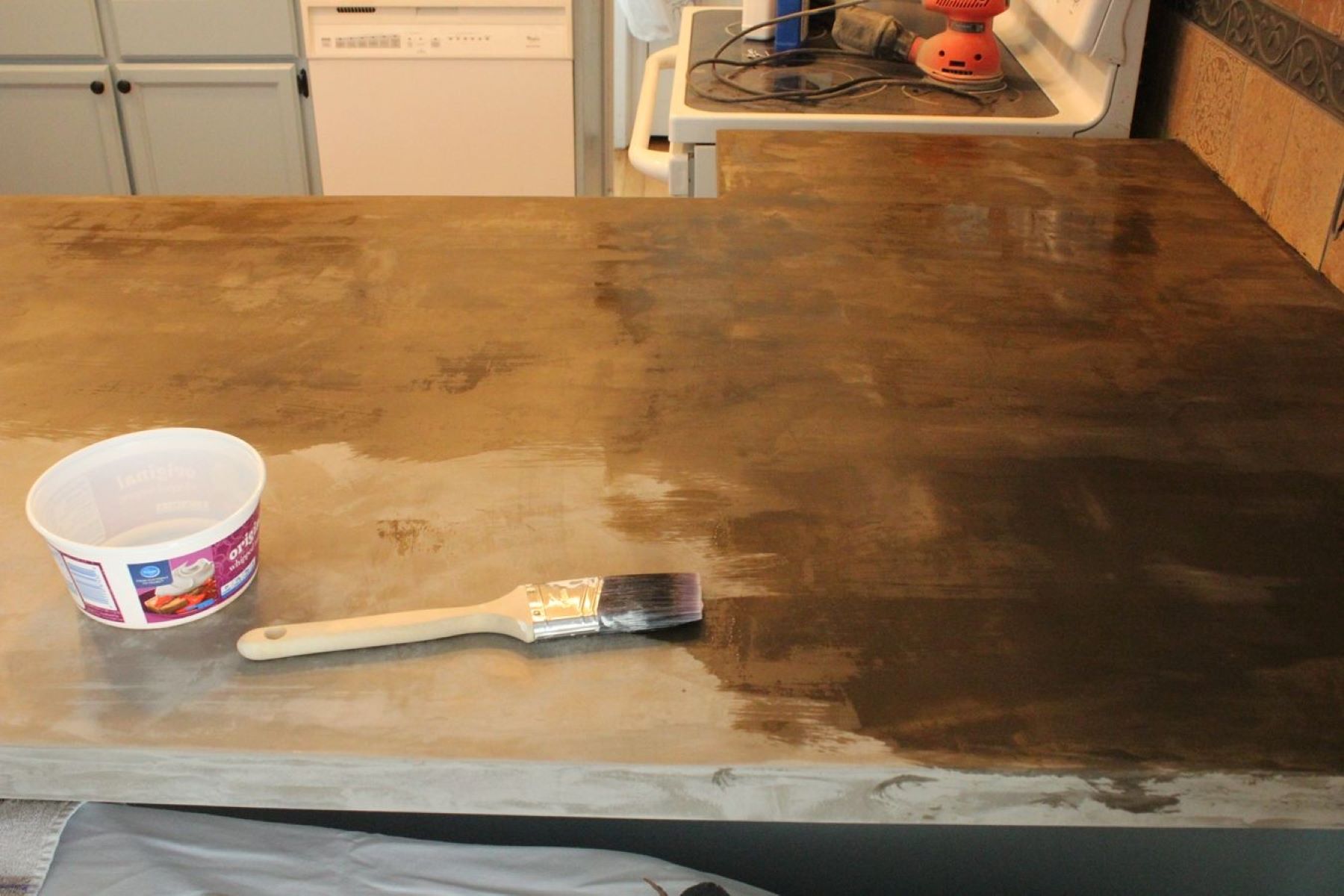
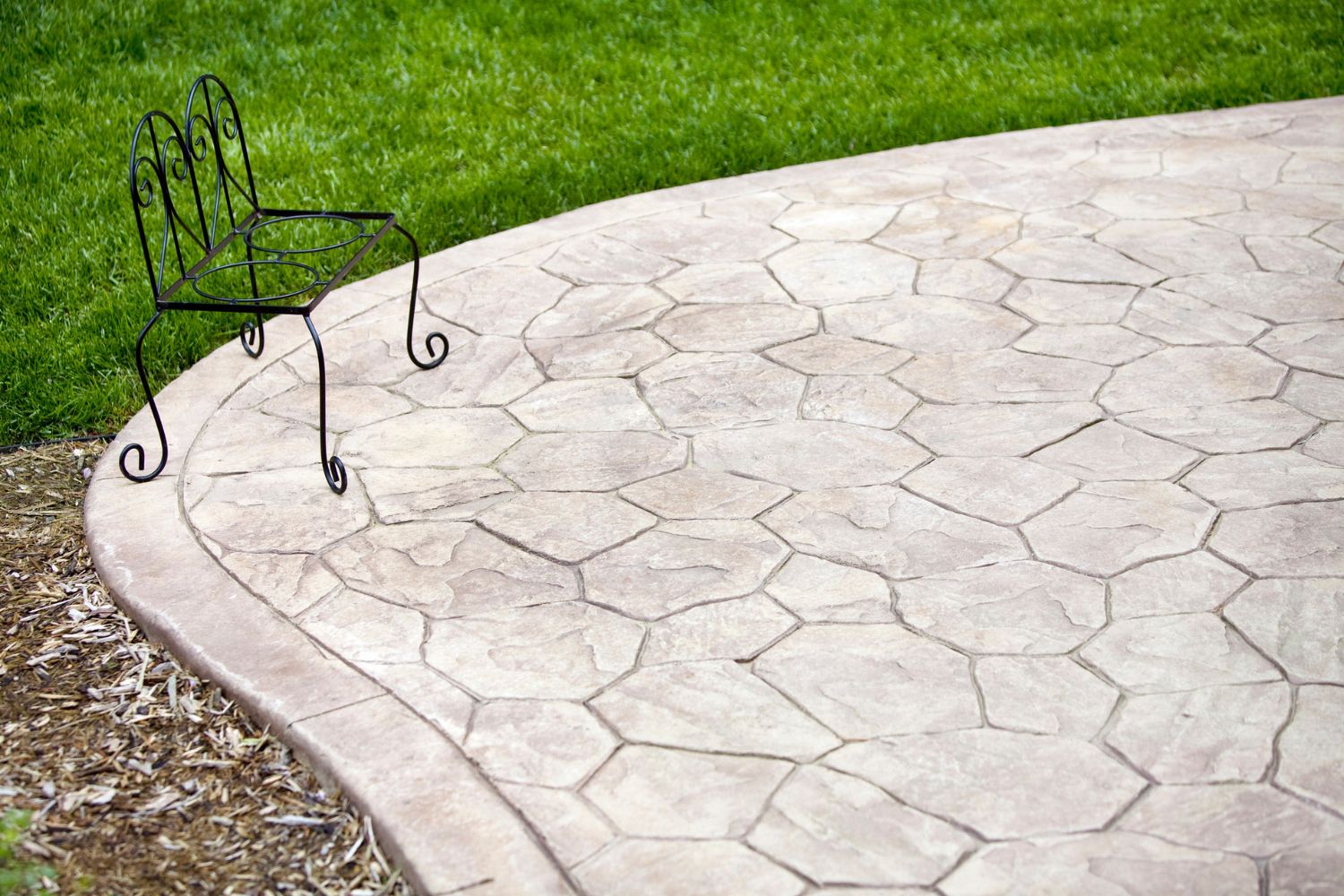


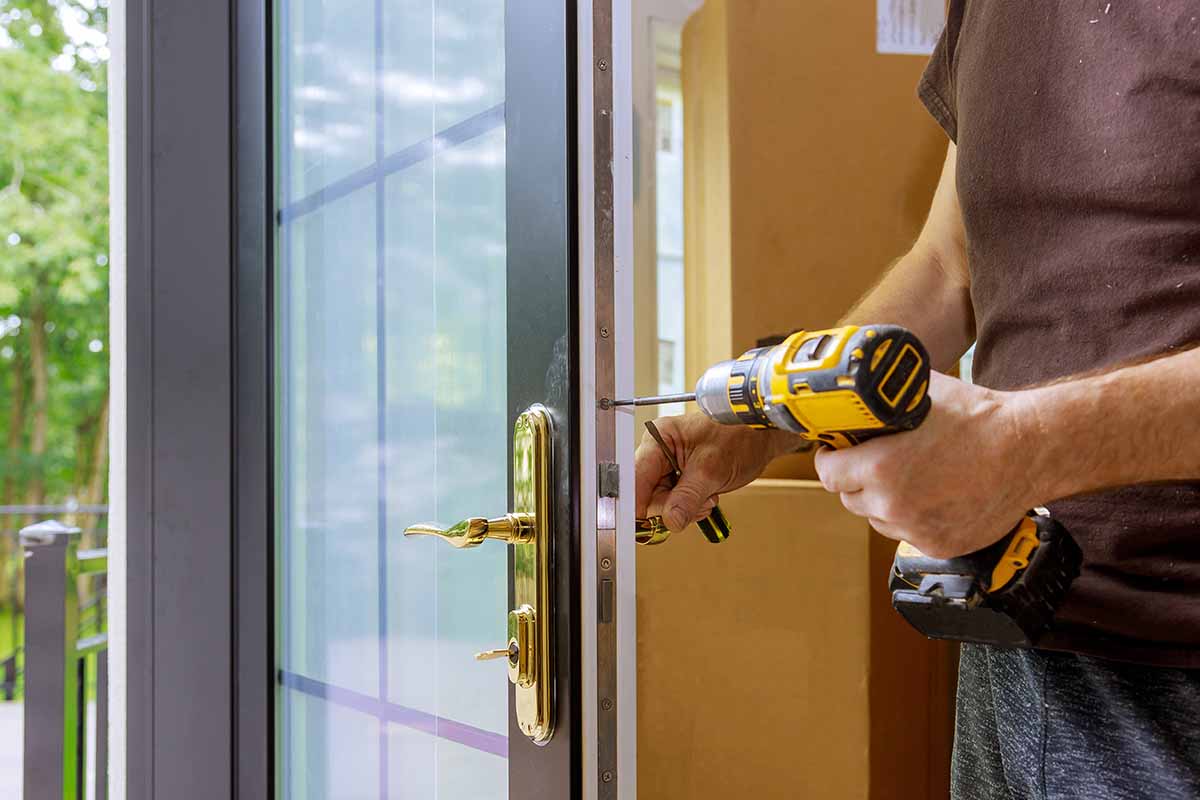
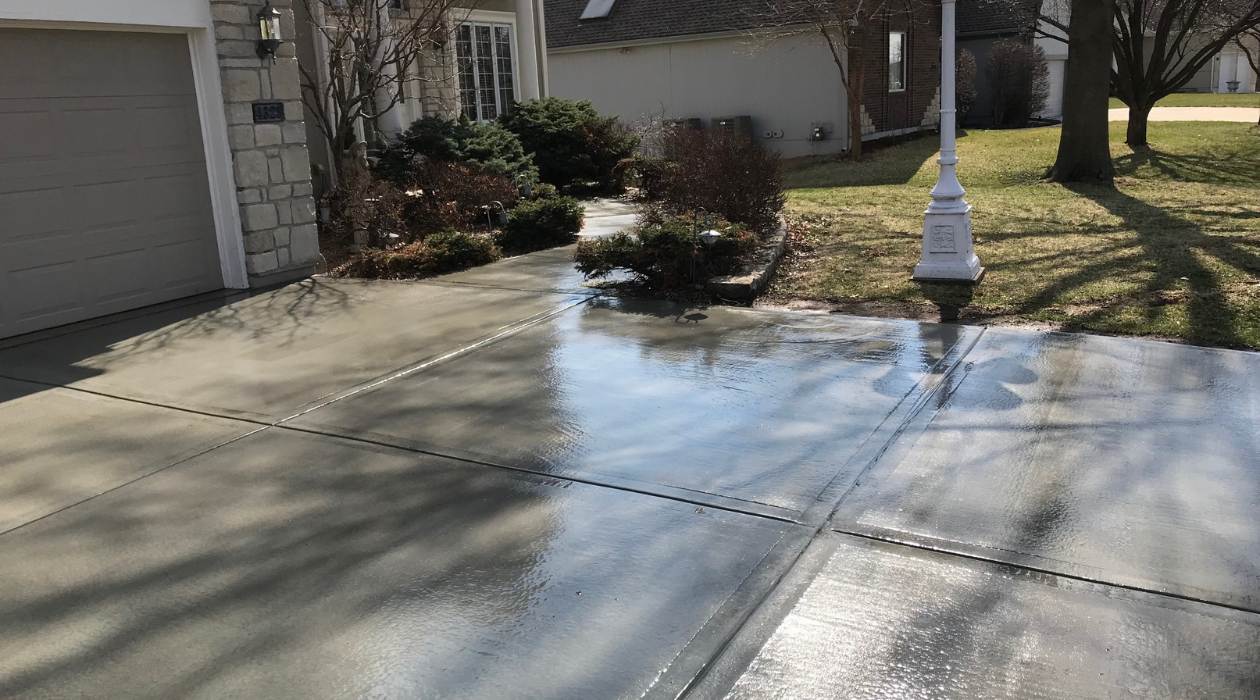
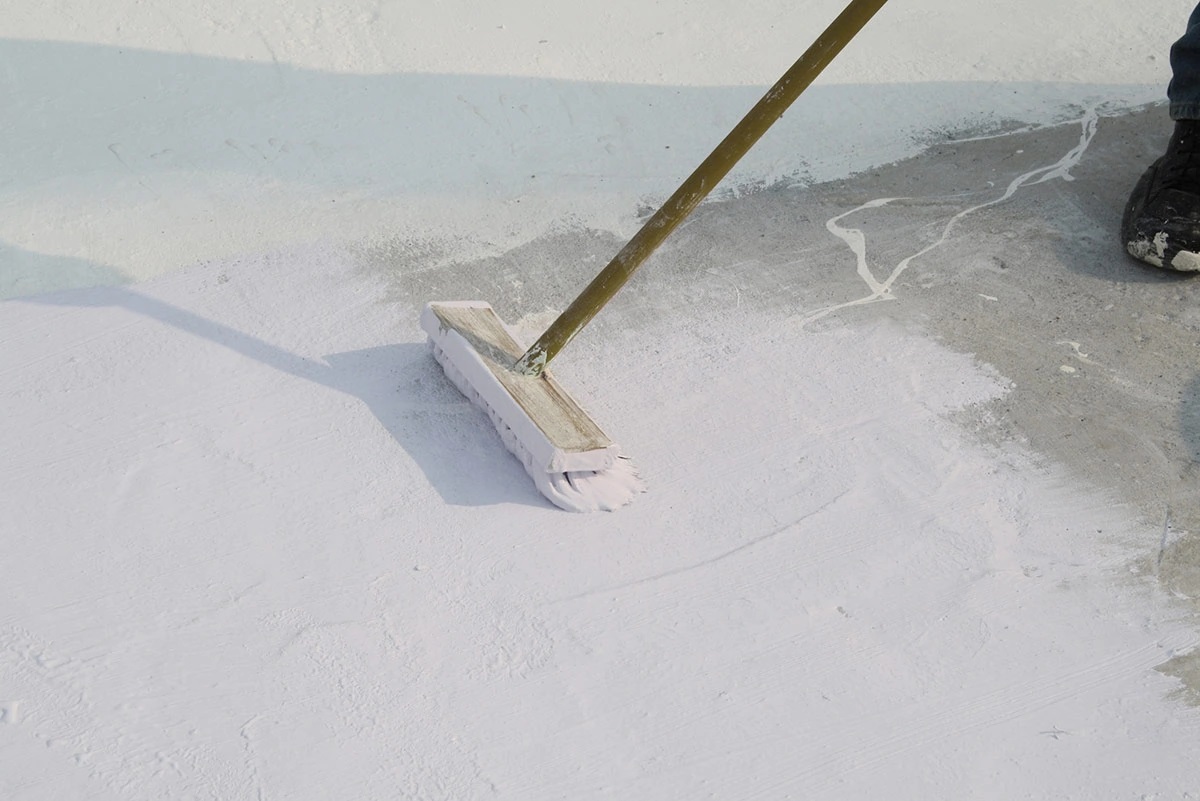

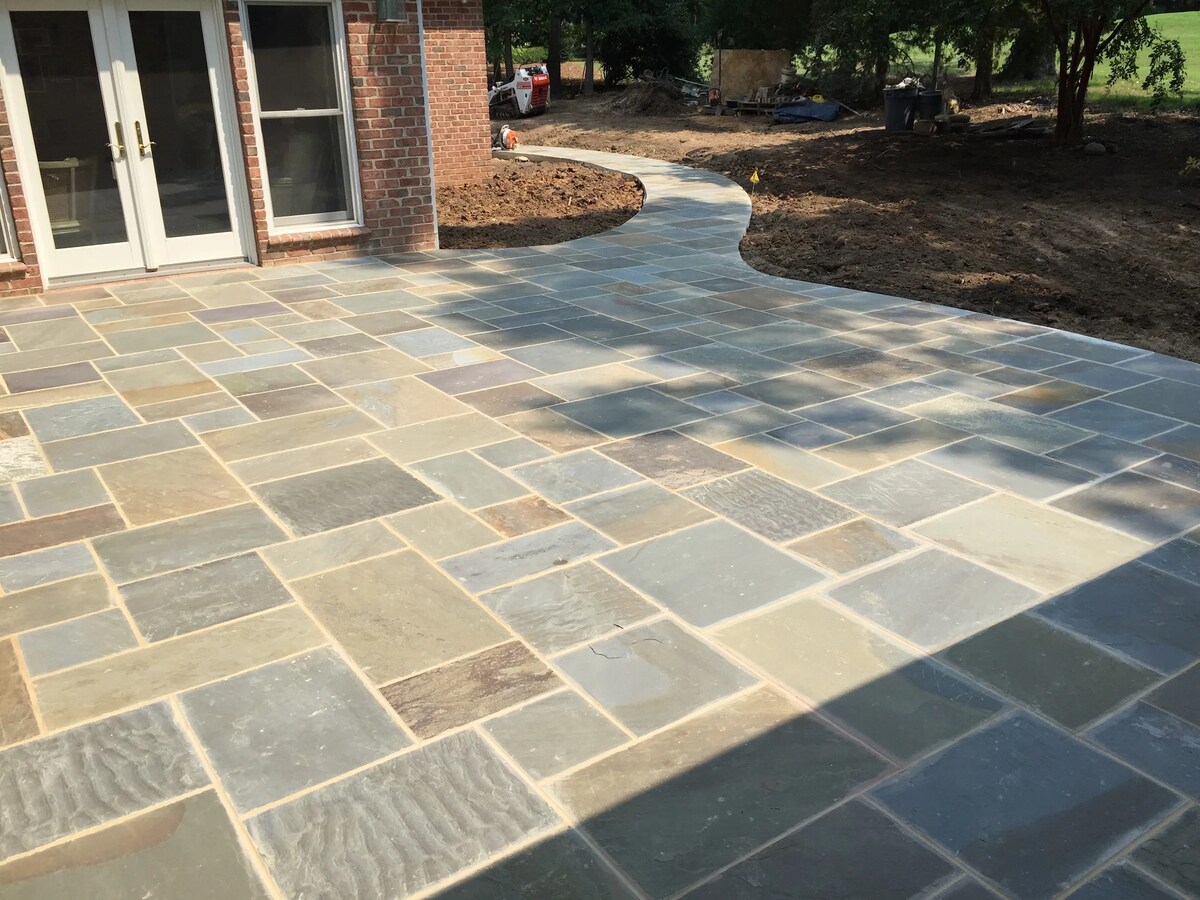
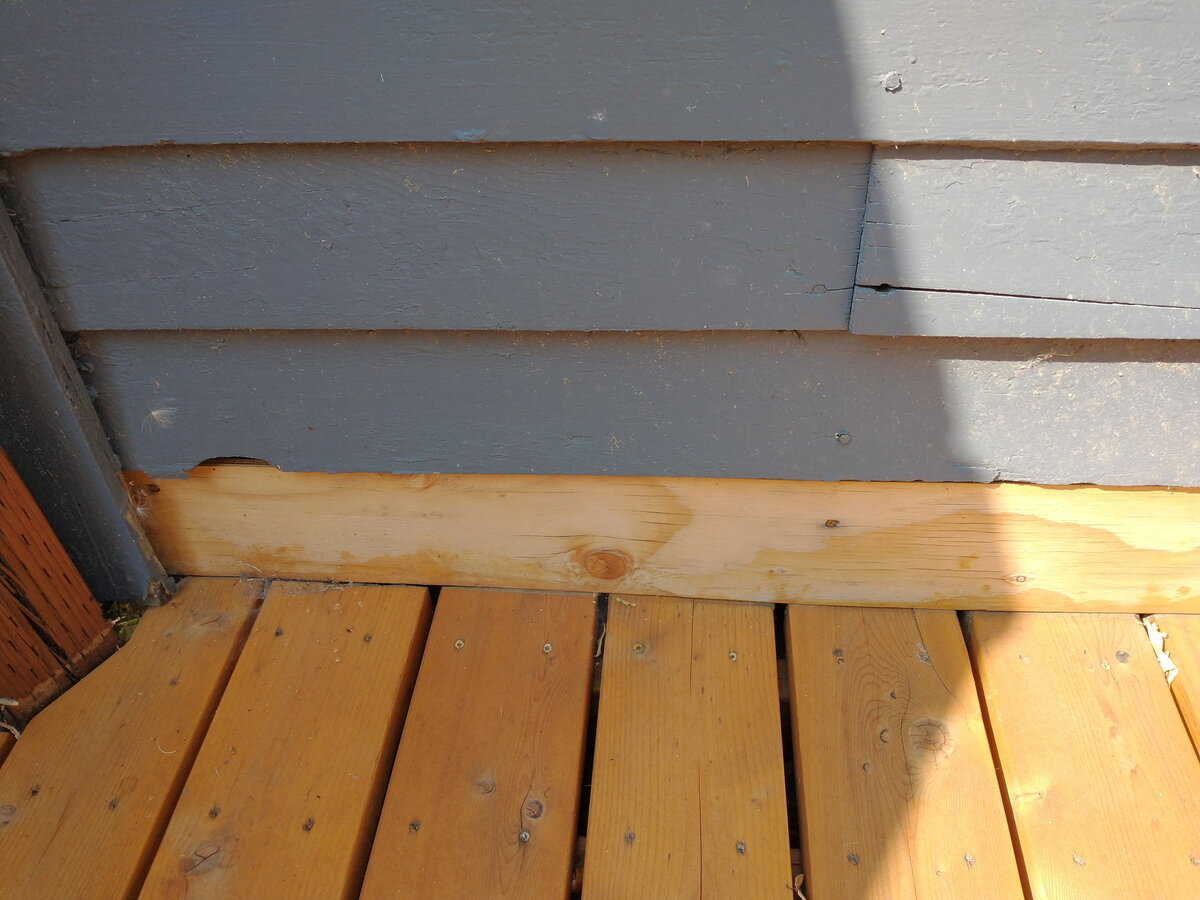
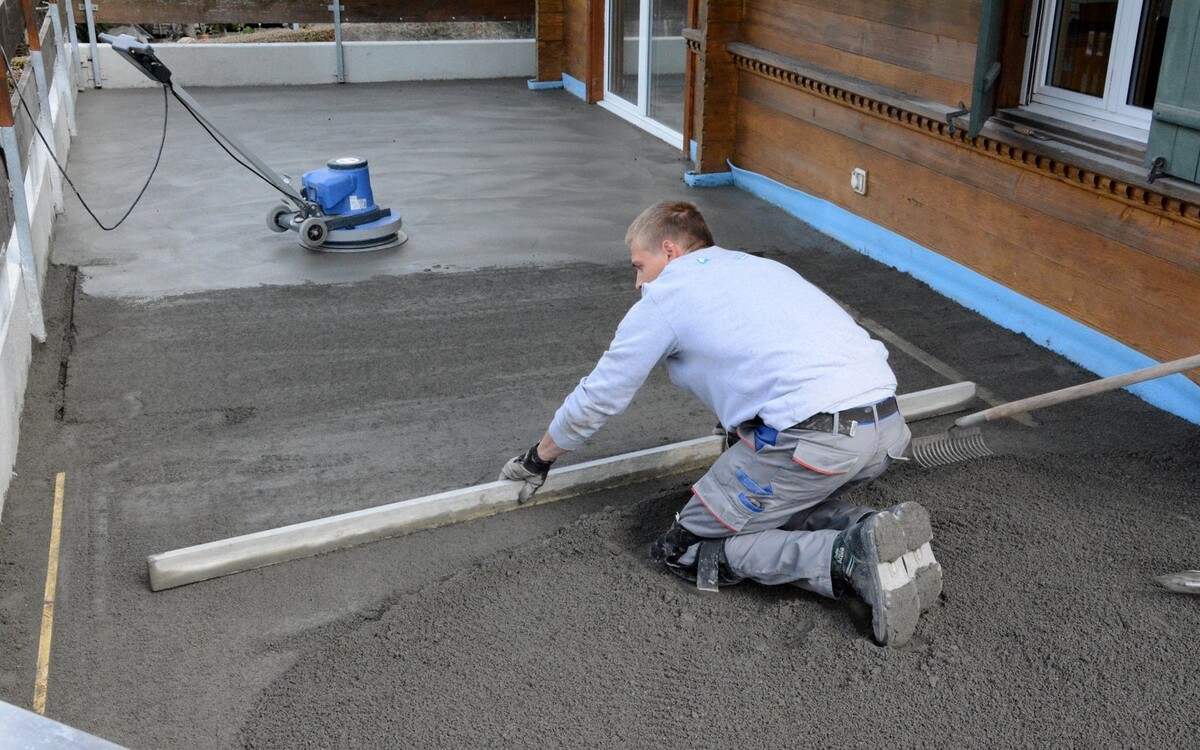
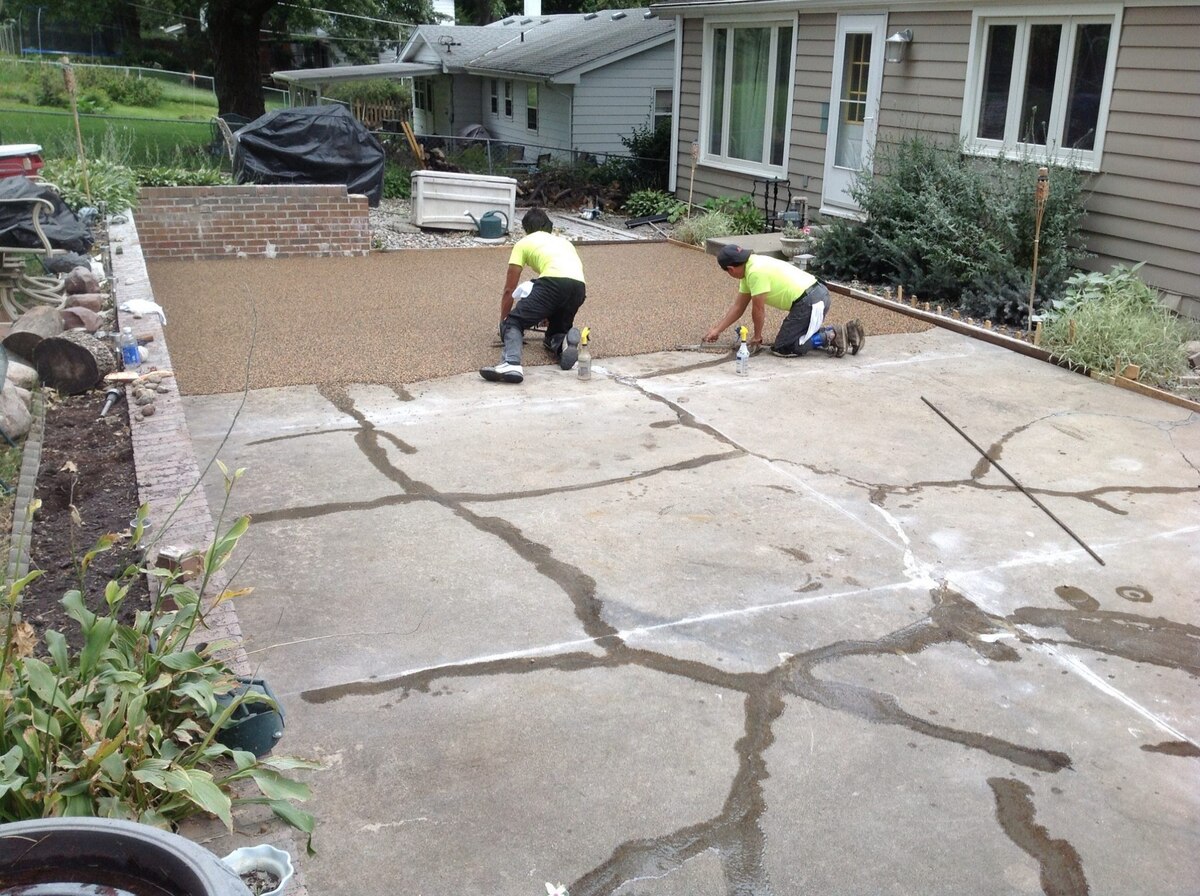

0 thoughts on “When To Seal Stamped Concrete Patio”